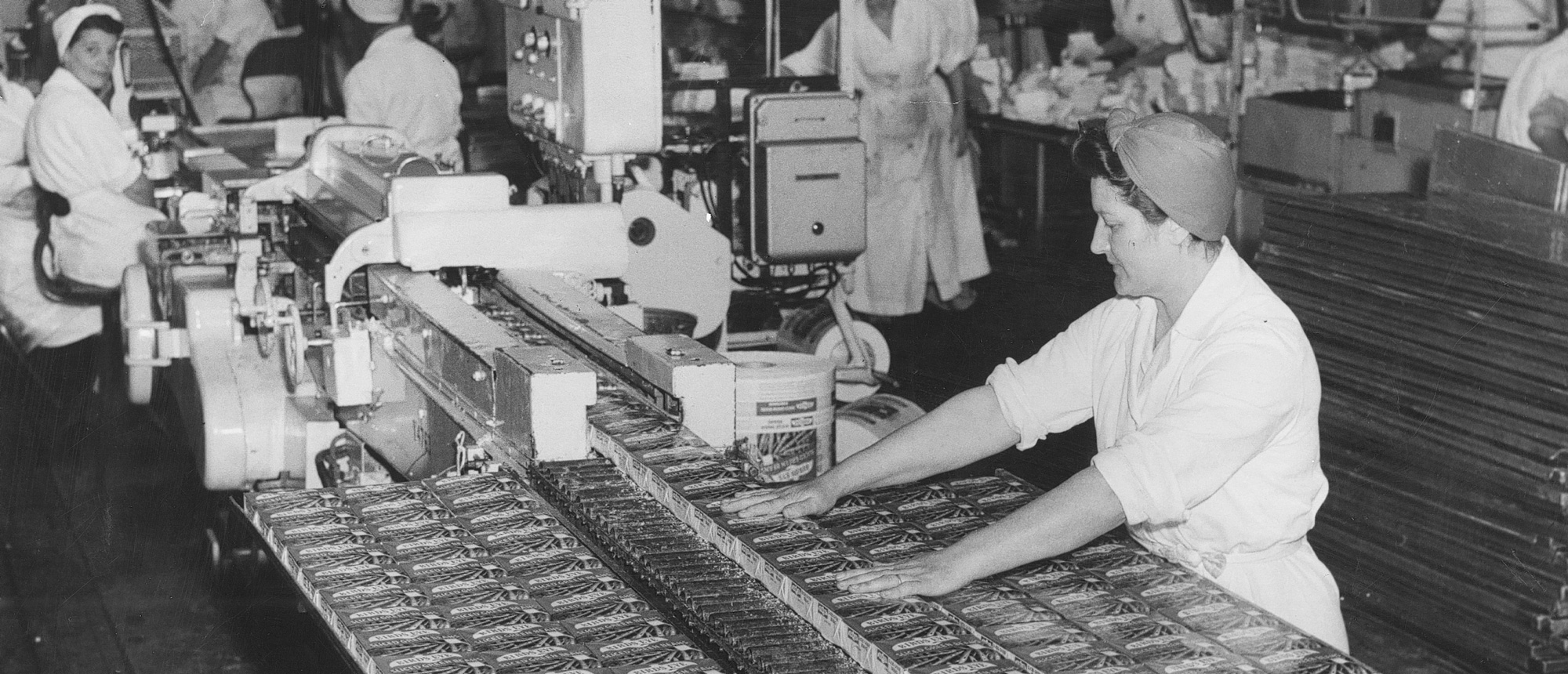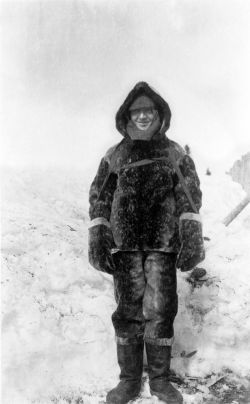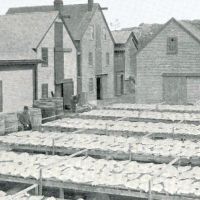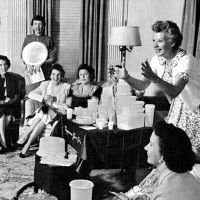Primary Source
"Quick Frozen Foods" in Fortune Magazine, June 1939
Quick freezing at once does away with the space-time limits of perishable food distribution. With frozen foods, neither season nor geography has any meaning, for strawberries in December are exactly the same as strawberries in June, and its just as easy to serve the rich fruits of the tropics on a breakfast table in Maine as it is to serve blueberries.
Quoted in Dinner Roles: American Women and Culinary Culture, by Sherrie Innes (University of Iowa Press, 2001)
"Dear Food Industry - I love you" in House Beautiful, January 1955
This is a letter I have been wanting to write for years. I don't think I've
ever told you how much I admire you, how big and fine and bold and imaginative and exciting you are. You might have thought I didn't really appreciate all your care and thought of me. Long before now I should have made it clear. Like any woman happy in love, you've made me feel like a queen...A queen with a whole retinue of tireless servants on call 24 hours a day, every day in the year...honestly I don't mind you doing all my work for me. You can go right on scrubbing the vegetables...
Quoted in "What We Have Found Out About Frozen Foods, " by Elizabeth Sweeney, Journal of Home Economics, January 1949








